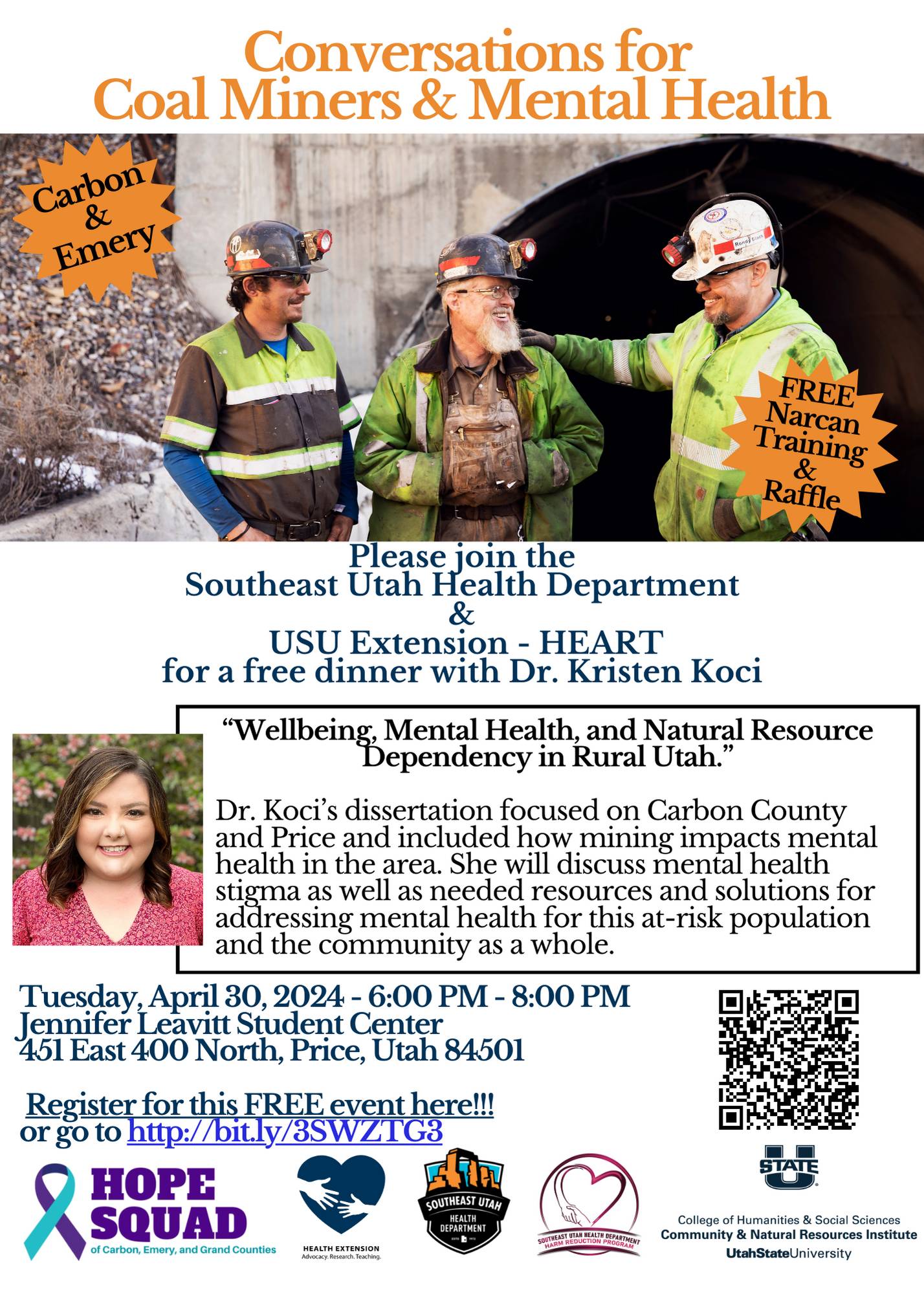By Amanda McIntosh
How much weight or value can be placed on a single word? We use words in almost every exchange. They express happiness, joy, sadness, fear, love, adoration, dislike and discomfort. What imagery and emotions can be evoked by the use of a single word? Does the image or emotion change dependent on the delivery and intent? The connotation or context? We have all heard that “a picture is worth a thousand words,” but if forced to choose just one word to describe the picture of your life or a community, what would you use? Of all 171,476 words that exist in the English language, which would you choose to emphasize all the intricate details and all emotions that would encompass a life full of purpose? Is there one you could choose that could bear the weight or value you want to convey?
From National Today (n.d.), “April was designated as National Month of Hope in 2018 by a not-for-profit organization, Mothers in Crisis to convey the importance of hope around the world. Mothers in Crisis is a social services organization founded by Rosalind Tompkins in 1991. The organization began as a support group for women and subsequently grew into a full-service non-profit organization providing community-based prevention and intervention for drug rehabilitation. The goal of their hope campaign was to encourage the sharing of stories of hope to help families ripped apart by addiction. The campaign became a powerful movement and was acknowledged for its contributions to the communities. Since hope is the integral message of National Month of Hope, it is important to trace the etymology of the word itself. The word ‘hope’ comes from the Latin word ‘cupio’ meaning ‘to desire’ or ‘wish well,’ but the meaning of the word was differentiated from wishing and it was defined, based on the old English word ‘hopa’ as ‘confidence in the future’. That being said, National Month of Hope reiterates the fact that if you only carry one thing throughout your entire life, let it be hope!”
“Hope can be a powerful force. Maybe there’s no actual magic in it, but when you know what you hope for most and hold it like a light within you, you can make things happen, almost like magic.” – Laini Taylor.
The USU Extension Carbon & Emery Opioid & Substance Use (CEOSU) Coalition and all its partners have hope at the center of everything they bring to the community; hope for people with substance use disorders (SUDs) to find recovery, hope for those in recovery to find healing, and hope for those that are healing to break the generational cycles of SUDs and the stigmas associated with help-seeking behaviors and mental health treatments. They also have hope for more education and research into alternative treatments that could alleviate some of the introduction of substance use by way of limiting habit-forming pain management. Hope for more resources in local communities to help reverse the trajectory of a generation of folks that may have developed SUDs as result of over-prescribing. They hold on to hope that soon mental health and SUDs will not be two separate objectives to maintain but understand that they are often one in the same and both are deserving of many more resources and funding streams.
One of the many partners associated with the CEOSU Coalition is the HOPE Squad of Carbon, Emery and Grand Counties. The mission of the board of the HOPE Squad of Carbon, Emery, and Grand Counties is to educate, promote, and spread awareness for a healthier community with an emphasis on mental health, suicide prevention, support for suicide loss survivors and to cultivate a stigma-free approach to seeking help. Together with the partnerships, support, and expertise of multiple agencies throughout the counties, the overall goal is to reduce the number of people who die by suicide. Between the two coalitions, the hope is to bring these two worlds together and bridge the gap in services, resources and funding. They work together to bring educational opportunities to the residents of the counties.
April will showcase such an opportunity with the event “Carbon & Emery Conversations for Coal Miners & Mental Health” that will be taking place on April 30 beginning at 6 p.m. at the Jennifer Leavitt Student Center. This will be a FREE sit-down dinner open to anyone in the community interested in hearing the research conducted by Dr. Kristen Koci on “Wellbeing, Mental Health, and Natural Resource Dependency in Rural Utah.” It is a free event, but it is requested that you register by going to http://bit.ly/3SWZTG3. The hope is to bring awareness to the correlation between the coal mines, mental health, and SUDs in Carbon and Emery Counties. Local resource booths, Narcan Training, and a Raffle will be featured at the event. Dr. Koci’s dissertation focused on the two counties and included how mining impacts mental health in the area. She will discuss mental health stigmas as well as needed resources and solutions for addressing mental health for this at-risk population and the community as a whole.
The ”magic” referenced in Laini Taylor’s quote in combination with the gravity of the optimism throughout the National Month of Hope which is shared between the CEOSU Coalition and the HOPE Squad of Carbon, Emery, and Grand Counties is hopeful; and the value of all that the word HOPE encompasses holds a lot of weight for the Carbon and Emery communities. We hope to see you there!


